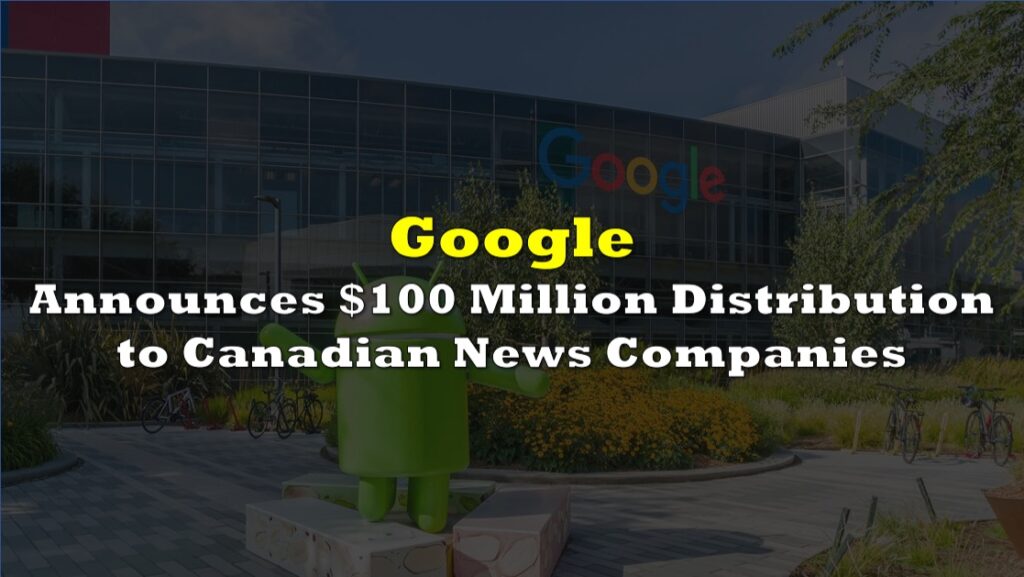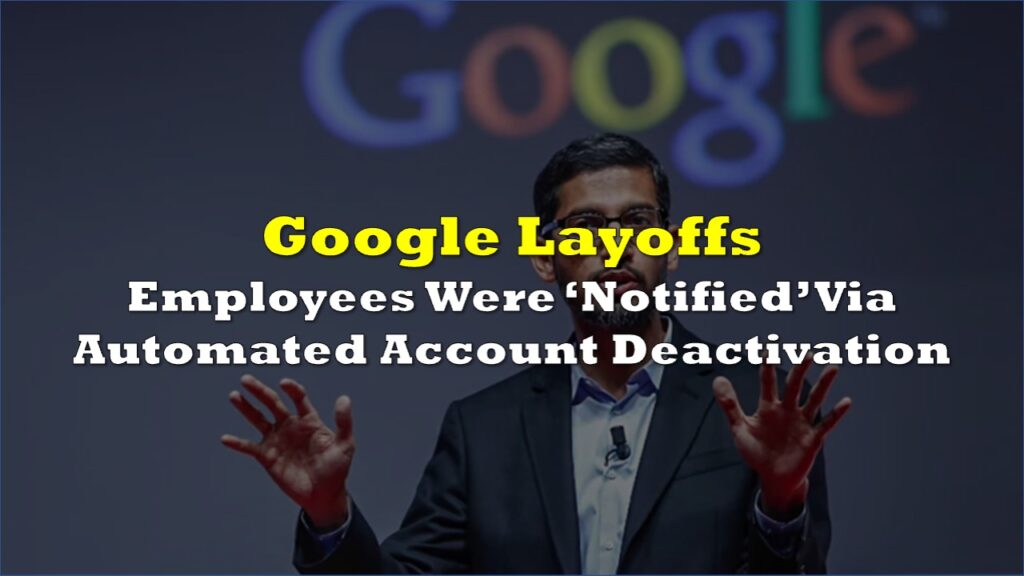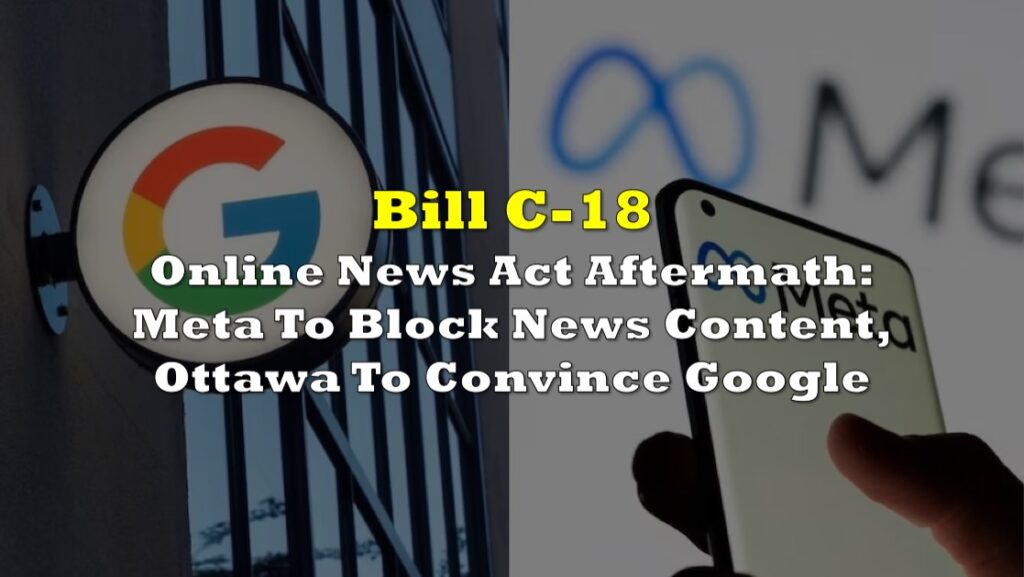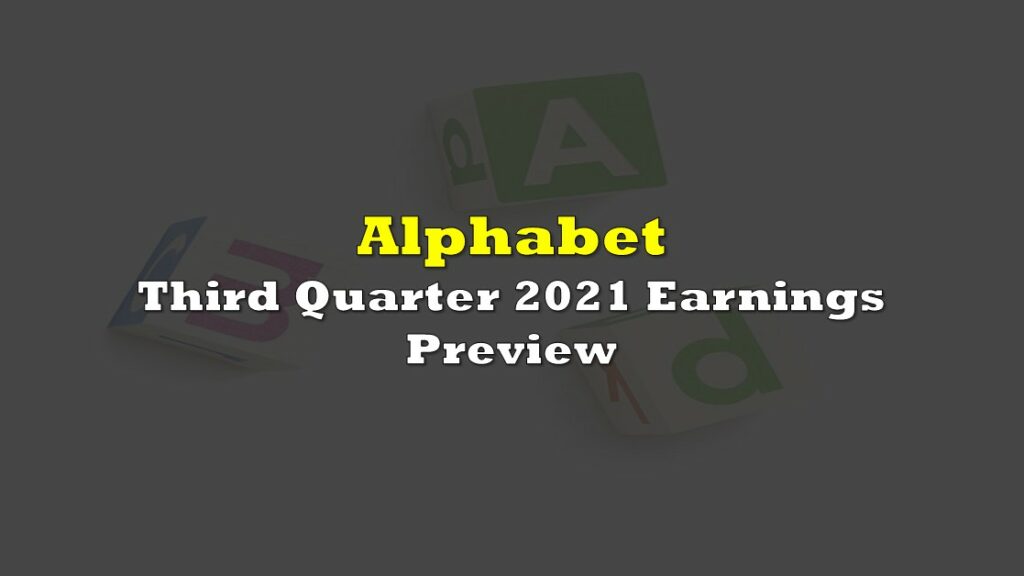Google’s video ad practices have been exposed in a groundbreaking study, uncovering alarming breaches of promised standards and casting doubt on the transparency of the tech giant’s online advertising business.
The study conducted by Adalytics, a renowned brand analysis firm, has found that Google violated its own standards nearly 80% of the time when placing video ads on external websites. These violations include ads running on low-quality sites, small muted videos in inconspicuous locations, and autoplay features against Google’s own guidelines.
In a nutshell, advertisers pay YouTube to have their ads shown before or after YouTube videos on the YouTube platform. However, YouTube sometimes runs these ads on third-party websites, which are presented as equivalent to the YouTube ad experience.
These 3rd party websites and mobile apps are called "Google Video Partners."
— Nandini Jammi (@nandoodles) June 27, 2023
Google positions these sites as equivalent to the YouTube ad experience: sound-on, fully viewable and skippable.
For example, these are all valid placements (as is the PopSugar example above): pic.twitter.com/fyA4Aa5tWW
The anomaly occurs when these ads on third-party websites do not meet the specifications that advertisers paid for, such as being muted, autoplaying videos off to the side, and being unskippable. This deception has been happening since at least 2020, with advertisers paying $100 for ads that are actually worth only $5, resulting in Google overcharging them by 20 times the value of the ads.
Let's put this epic scam into some financial context: Advertisers been paying $100 for ads that are worth only $5.
— Nandini Jammi (@nandoodles) June 27, 2023
This means Google's been charging them🚨20x🚨for these nearly worthless ads 💀 pic.twitter.com/N48pfD9bsh
Despite evidence to the contrary, Google Ads is claiming that the “overwhelming majority” of ads are served on YouTube, while Adalytics has found that half of the ads are actually running on platforms other than YouTube.
The research, based on billions of ad impressions from over 1,100 brands between 2020 and 2023, sent shockwaves through the industry. Major brands such as Johnson & Johnson, American Express, Samsung, Sephora, Macy’s, Disney+, and The Wall Street Journal were among those affected by these substandard ad placements.
Government agencies like Medicare, the U.S. Army, the Social Security Administration, and the New York City municipal government were not spared either. The Centers for Medicare and Medicaid Services expressed concern over these invalid ad placements.
YouTube, which accounts for 8.3% of U.S. digital video ad spending, has become a necessary platform for marketers due to its massive reach. However, this study has revealed that Google’s ad bundles, which include placements on third-party sites, often divert a significant portion of advertisers’ budgets away from YouTube. Astonishingly, more than half of the budget spent by brands in Adalytics’ sample went towards non-YouTube properties.
Ad buyers who reviewed the research are demanding refunds, calling Google’s actions an unacceptable breach of trust. Joshua Lowcock, global chief media officer at ad agency UM Worldwide, insists that Google must rectify the situation and fully reimburse clients for fraudulent and non-compliant ad impressions. Many ad buyers have unintentionally had their ads placed on third-party sites without their knowledge, underscoring the opaqueness of the digital ad market.
The impact of these improper ad placements extends beyond brands’ financial losses. Adalytics’ findings indicate that Google’s network contains low-quality sites disseminating misinformation and clickbait content, as well as potentially infringing on intellectual property rights. This raises serious concerns about Google’s site vetting process and the overall integrity of the digital advertising ecosystem.
As Republican Senator Mike Lee reviewed the research, he criticized Google’s conflicts of interest and fraudulent conduct, declaring that “advertisers and consumers will continue to suffer from Google’s rampant conflicts of interest and fraudulent conduct.” Even Lee’s own campaign ads fell victim to invalid placements, emphasizing the pervasive nature of this problem.
The digital ad industry, with its convoluted money flows and lack of accountability, faces significant challenges. The Association of National Advertisers estimates that a staggering 23% of the $88 billion spent annually on automated digital ad buying on the open web is wasted, further highlighting the urgency for increased transparency and oversight.
Information for this story was found via The Wall Street Journal and the sources and companies mentioned. The author has no securities or affiliations related to the organizations discussed. Not a recommendation to buy or sell. Always do additional research and consult a professional before purchasing a security. The author holds no licenses.









